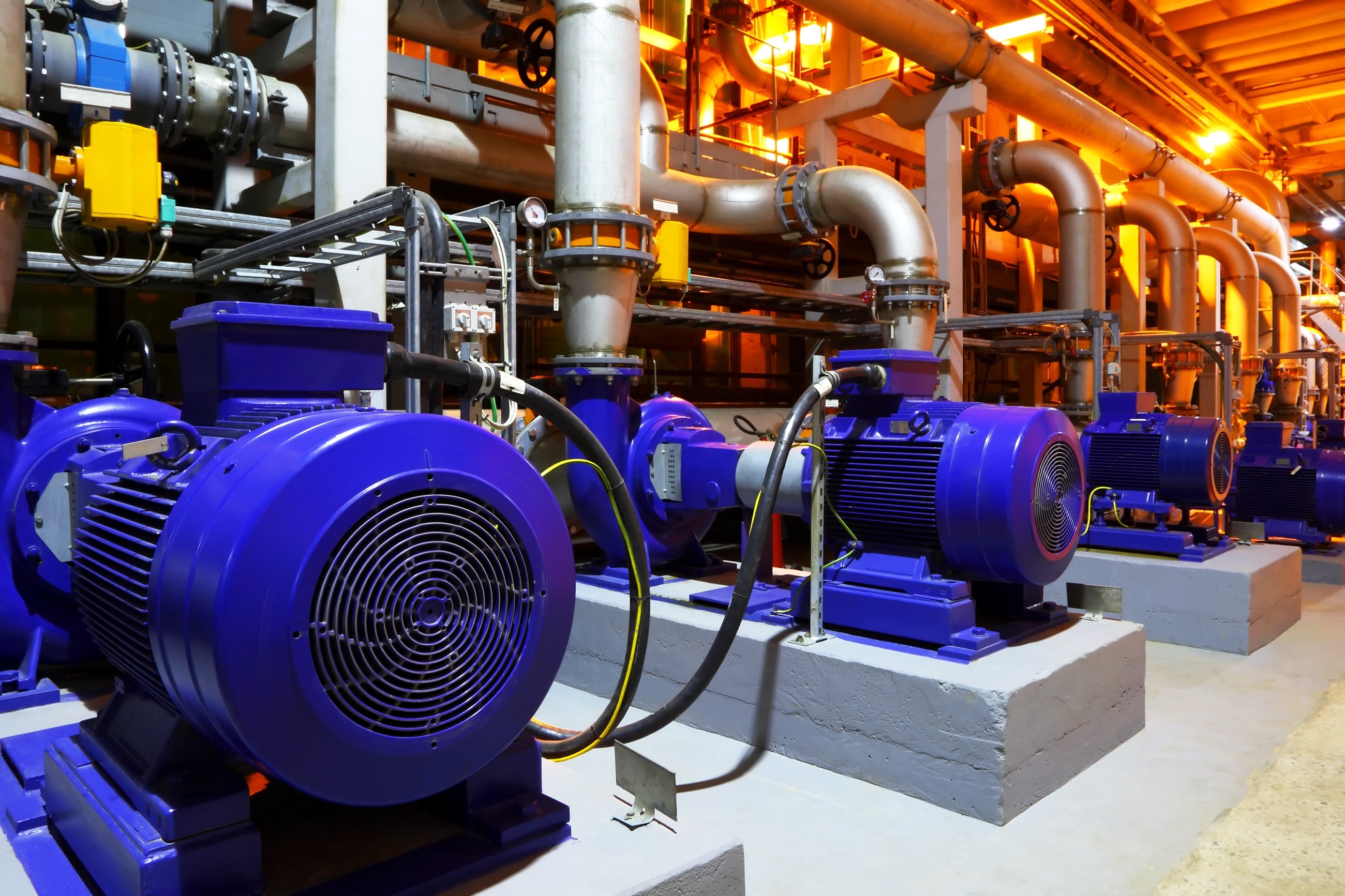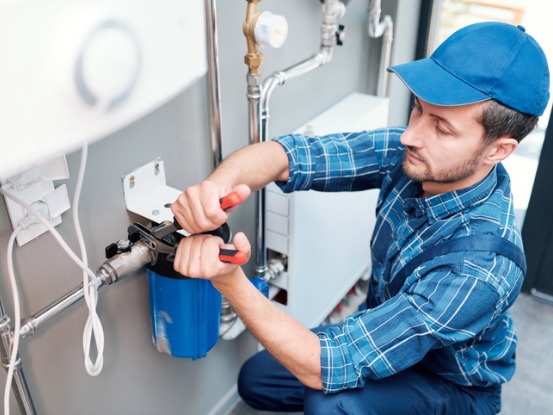Efficient Fixes for Handling Low Water Pressure in Your Home
Efficient Fixes for Handling Low Water Pressure in Your Home
Blog Article
We have encountered the article relating to 4 Ways to Troubleshoot Low Water Pressure listed below on the web and felt it made perfect sense to relate it with you in this article.

Low tide pressure in your house can be an aggravating issue, affecting every little thing from bathing to washing dishes. If you're experiencing weak water flow, there are several feasible reasons and solutions to discover. In this overview, we'll discuss usual factors for low water pressure and practical steps to address the concern successfully.
Introduction to Low Water Stress
Low water pressure happens when the flow of water from your faucets, showers, and various other components is weak than typical. This can make day-to-day tasks extra tough and less effective. Recognizing the causes of low water stress is crucial to discovering the appropriate solution.
Common Reasons For Low Water Pressure
Faulty Stress Regulators
Stress regulators are responsible for preserving constant water stress in your house. If they malfunction, it can result in low tide stress or uneven flow throughout your home.
Community Water System Issues
Occasionally, the trouble exists outside your home. Community water system problems, such as main line leaks or maintenance job, can temporarily minimize water pressure in your area.
Pipe Obstructions
With time, pipes can come to be obstructed with natural resource, debris, or debris, restricting the circulation of water. This is a typical issue in older homes with galvanized steel pipelines.
Corrosion
Corrosion within pipes can bring about leaks and lowered water pressure. Rust build-up can restrict water flow, specifically in maturing plumbing systems.
Exactly How to Identify Low Water Pressure
Checking Pipes
Inspect noticeable pipes for signs of leaks, rust, or blockages. Pay attention to any type of uncommon noises, such as banging or rattling pipelines, which could show issues within the plumbing system.
Consulting with a Plumber
If you're unable to identify the cause of low tide stress, take into consideration employing an expert plumber to perform a complete examination. They can determine underlying issues and suggest suitable services.
Checking Faucets and Components
Start by checking the water stress at different faucets and fixtures throughout your home. If the concern is isolated to details locations, it might suggest local problems.
DIY Solutions to Fix Low Water Stress
Flushing Hot Water Heater
Debris buildup in the hot water heater can restrict circulation and decrease effectiveness. Flushing the tank occasionally assists get rid of sediment and preserve optimum performance.
Inspecting Stress Regulator
Make sure that the stress regulator is functioning properly. Adjusting or replacing the regulator can aid bring back appropriate water pressure throughout your home.
Cleansing Aerators and Showerheads
Natural resources can gather in aerators and showerheads, minimizing water flow. Eliminate and cleanse these elements routinely to enhance water pressure.
Cleaning Clogs in Pipeline
For minor obstructions, try using a plumbing snake or chemical drain cleaner to clear blockages in pipelines. Beware when making use of chemicals and follow safety guidelines.
When to Call a Professional Plumber
If DIY efforts stop working to settle the concern or if you think considerable plumbing troubles, it's ideal to seek assistance from a qualified plumber. They have the experience and tools to address complicated concerns securely and successfully.
Preventive Measures to Preserve Water Stress
Mounting a Pressure Booster
Think about installing a pressure booster pump to improve water stress in areas with regularly reduced flow. This can be especially beneficial for multi-story homes or residential properties with high-demand fixtures.
Surveillance Water Usage
Bear in mind water usage behaviors and prevent overtaxing the plumbing system. Straightforward modifications, such as shocking showers and washing lots, can help keep sufficient water pressure.
Routine Maintenance
Arrange routine upkeep for your plumbing system to prevent concerns such as corrosion, leaks, and blockages. Resolving minor problems early can help stay clear of more significant repair services later on.
Conclusion
Dealing with low water stress can be frustrating, yet determining the underlying causes and executing appropriate remedies can recover optimal circulation throughout your home. Whether it's cleaning aerators, inspecting pipes, or seeking advice from a plumber, taking positive actions can ensure a consistent supply of water for your daily requirements.
FOUR WAYS TO FIX LOW WATER PRESSURE NOW
Turning on a shower or faucet only to find the water comes out in a sad, slow drizzle is never a good feeling. How exactly are you supposed to wash a pan or take a quick shower when it takes 10 minutes just to rinse off a little soap? The good news is that when your water pressure is bad, there's always a cause: typically one that can be easily fixed. Here are some of the most common causes of low pressure and what you can do to fix the issue:
DEBRIS AND MINERAL DEPOSIT BUILDUPS
If you notice low water pressure from just one or two of the fixtures in your house, the problem likely has to do with debris buildup. Water is full of minerals and other debris, all of which can accumulate in your pipes and on your fixtures. This can cause a blockage that affects how much water flows through. To fix this, try filling a small plastic bag with white vinegar, and use a rubber band to hang it around your showerhead or faucet. Let the head of the fixture soak for a few hours, and the vinegar should loosen the deposits.
WATER LEAKS
Leaks are another common cause of low water pressure. If water is flowing out of your plumbing through a hole or crack before it can reach your fixture, the pressure coming out of the faucet or showerhead will be lower. A plumbing professional is your best bet for finding and repairing a leak in your water supply pipes.
Leaks are another common cause of low water pressure. If water is flowing out of your plumbing through a hole or crack before it can reach your fixture, the pressure coming out of the faucet or showerhead will be lower. A plumbing professional is your best bet for finding and repairing a leak in your water supply pipes.
A VALVE ISSUE
If you have low water pressure throughout your home, check your main shut-off valve to make sure it's completely open. You may also want to see if there's a pressure-reducing valve installed. If there is, have a plumber help you adjust the settings to get the pressure you're looking for.
OTHERS USING WATER
Believe it or not, your low water pressure could be caused by your neighbors. If you notice low pressure at certain times of day, it may be because you and the people living next to you have similar schedules - when everyone is showering at the same time, the pressure will be lower in every home. Low pressure throughout the neighborhood may also be caused by an issue with your municipal water supply. If that's the case, call the supplier to see if they're working on the issue.
https://www.rotorooter.com/blog/water-leaking/low-water-pressure-fixes/

I ran across that review on Low Water Pressure in the House? when doing research the search engines. Don't hesitate to take the opportunity to distribute this blog posting if you enjoyed it. Thank you so much for your time spent reading it.
Click Here Report this page